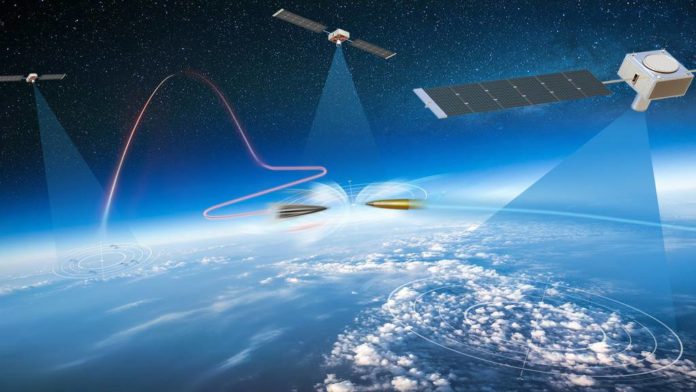Any 5G device that has been upgraded to Rel 17 NTN can directly connect to the satellite using an onboard module that supports NB-IoT.
Barcelona-based To democratise access to the Internet of Things, Sateliot launched Sateliot_0 “The GroundBreaker,” the first-ever 5G standard LEO satellite. After three unsuccessful attempts due to weather, the launch took place Friday night at 11:47 p.m. Pacific Time from Vandenberg US Space Force Base in California.
This content is locked
Login To Unlock The Content!













